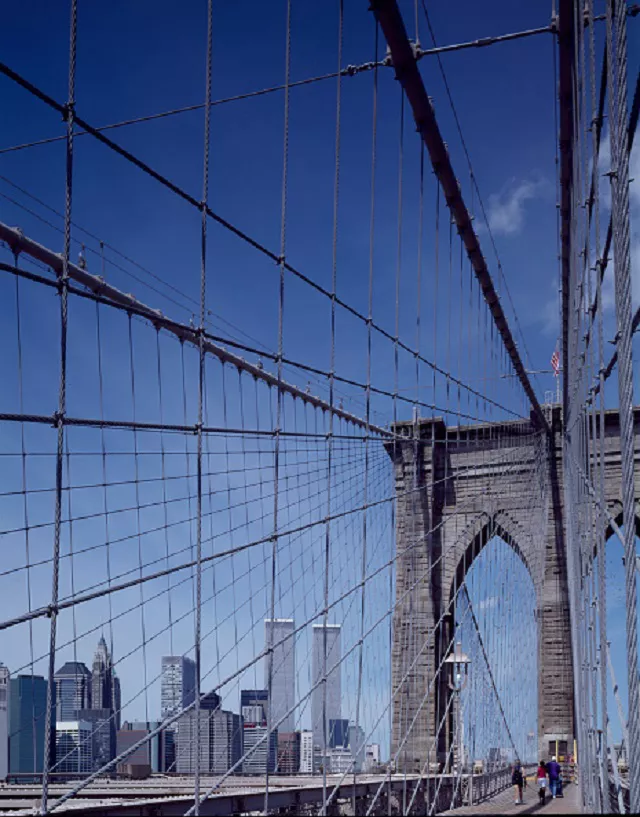Summary
Origins of the World Trade Center
The twin towers of the World Trade Center, an iconic part of New York City’s skyline, have a rich history rooted in the post-World War II era. In 1946, the New York State Legislature authorized a project to create a “world trade mart” in downtown Manhattan, introduced by real estate developer David Sholtz. However, significant plans took shape only in 1958 when David Rockefeller, vice chairman of Chase Manhattan Bank, revealed proposals for a massive complex in Lower Manhattan. Initially, this proposal envisioned a single 70-story building rather than the eventual Twin Towers design.
Protests and Changing Plans
As plans progressed, residents and businesses began to voice concerns, leading to widespread protests in the Lower Manhattan neighborhoods slated for redevelopment. Consequently, these protests delayed the construction process for four years. In 1964, architect Minoru Yamasaki unveiled the finalized building plans, which included a World Trade Center composed of seven buildings with 15 million square feet of space. Notably, the design featured two towering skyscrapers each set to surpass the height of the Empire State Building by 100 feet, positioning them to become the tallest buildings in the world.
Building the World Trade Center
Construction commenced in 1966, marking a significant feat in architectural engineering. The north tower was completed in 1970, followed by the south tower in 1971. Innovative techniques were employed, including a groundbreaking drywall system reinforced with steel cores. This method allowed the towers, standing at 1,368 and 1,362 feet tall with 110 stories each, to become the tallest buildings globally, overtaking even the Empire State Building. By 1973, the entire World Trade Center complex, encompassing the Twin Towers and four additional structures, was officially opened to the public.
A New York City Landmark
The World Trade Center quickly became a cultural icon. In 1974, French high-wire artist Philippe Petit captured the world’s attention with his historic tightrope walk between the two towers, performing without a safety net. Additionally, the renowned restaurant Windows on the World opened atop the north tower in 1976, celebrated for its stunning views and exceptional cuisine. The experience was complemented by the South Tower’s public observation deck, “Top of the World,” providing breathtaking panoramas of the city. The World Trade Center also featured prominently in numerous films, including Escape from New York and the 1976 remake of King Kong.
:max_bytes(150000):strip_icc():format(webp)/tribute-in-light-2016-829902932-5c382101c9e77c000152e4e2.jpg)
Terror and Tragedy at the World Trade Center
Tragedy struck on February 26, 1993, when a terrorist group detonated explosives within a van parked in the north tower’s underground garage. This attack resulted in six deaths and over a thousand injuries but did not cause significant structural damage. However, the horrific events of September 11, 2001, led to unprecedented destruction. Terrorists hijacked two planes, crashing them into the Twin Towers, resulting in the collapse of both buildings and claiming the lives of 2,749 individuals. Today, the World Trade Center stands as a symbol of resilience and remembrance, capturing the spirit of New York City.
Updated by Elissa Garay




